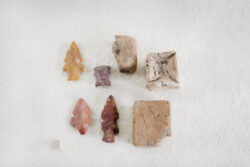Archaeology
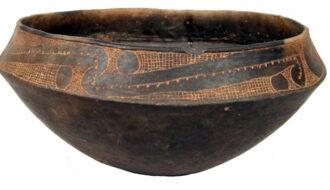
Caddo Culture
This entry covers prehistoric Caddo culture during the Late Woodland and Mississippi Periods, 900–1700 CE.

This entry covers prehistoric Caddo culture during the Late Woodland and Mississippi Periods, 900–1700 CE.
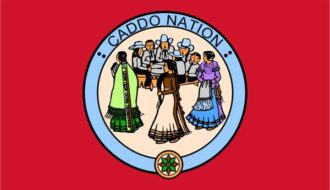
The Caddo Indian Treaty of 1835 between the Caddo people of northwestern Louisiana and the US government resulted in a protected American boundary with Mexico, the relocation of the Caddo from Louisiana to Indian Territory (now Oklahoma), and the establishment of present-day Shreveport.

Centenary College of Louisiana is an undergraduate liberal arts college in Shreveport and the oldest continuously operated private college in the western half of the United States.
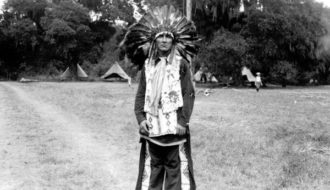
The term Indian Removal is generally associated with President Andrew Jackson's forced relocation of the Cherokee Nation west of the Mississippi River.

People of the Plaquemine, Caddo, and Mississippian cultures lived in Louisiana between 300 and 800 years ago during a time known as the Mississippi period.
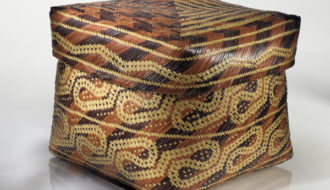
Native American communities in Louisiana are culturally diverse with unique histories.
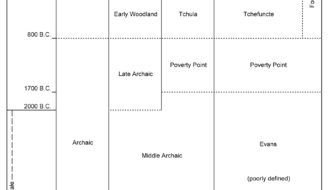
This entry explores the history of American Indian life in Louisiana from 11,500 BCE to 1700 CE through the study of prehistoric archaeology.

The Quapaw Indians, whose four villages were located along the Arkansas River, were military allies and trade partners of colonial Louisianans.
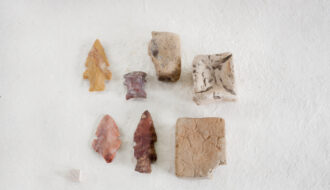
By studying artifacts, archaeologists know that people were in Louisiana at least 13,000 years ago.
One-Year Subscription (4 issues) : $25.00
Two-Year Subscription (8 issues) : $40.00
